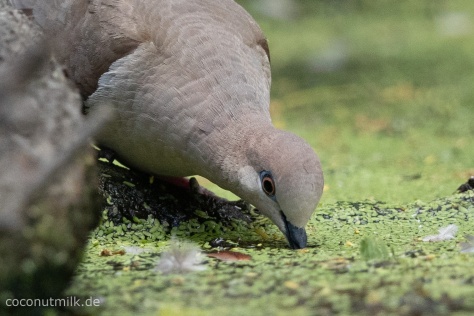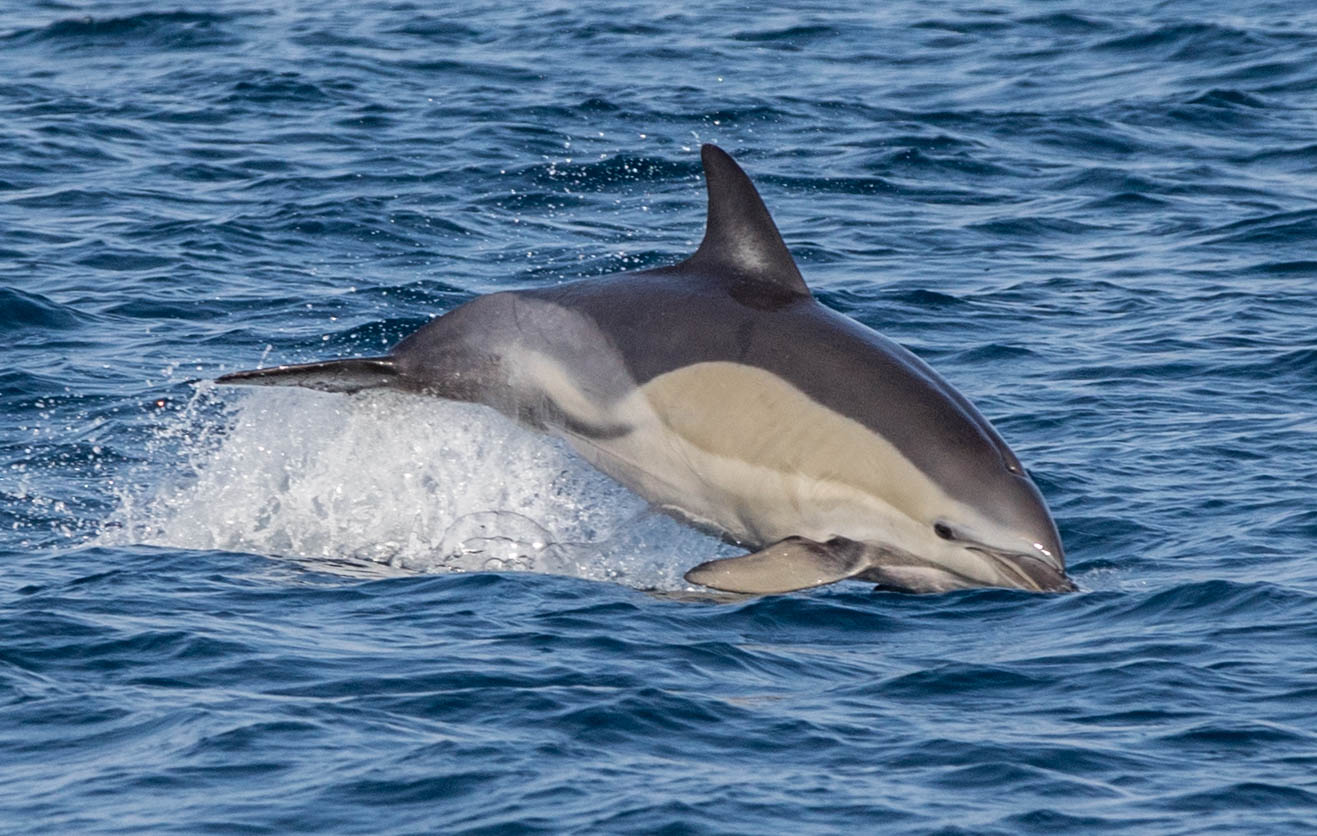A large bird population, inlduing frigatebirds (Fregattvögel) and pelicans live at the Cayo de los Pájaros Bird Island in the Los Haitises National Park on the northeast coast of the Dominican Republic.









White Herons in the Dominican Republic (Great Egret, Silberreiher) enjoy coastal areas including lagoons, wetlands, ocean, and beaches. Here they sit in mangrove trees of a small island in a lagoon near the main capital Santo Domingo (Boca Chica), undisturbed by jet skis and other extensic water sport activities.

For many birds in Northern Curaao, it seems to be much easier do feed on sugar in Jaanchies Restaurant – even if there is a fierce competion – than to search for fruits in the dry wilderness.
Green birds with yellow masks on their head fly with loud screams from one tree to another. The Caribbean brown throated parakeet is searching for fruit. It is a own subspecies of Bonaire.



As Bonaire is very dry, the very few fresh water wells had been very important for inhabitands in former time. The people in Bonaire now produce desalinated water, but the Bronswinkel’s Fresh Water Well is still important nowadays for a lot of animals, including birds, iguanas, lizards and goats.








The grey feathers of flamingos turn pink in the wild because of a natural pink dye they obtain when feeding on shrimp and blue-green algae. The wetlands and lagoons in Bonaire provide a rich amount of food for these animals.
In the bird rehab in the South of Bonaire we saw the younger flamingos kept there to have grey feathers. The Mangrove Info Center opened the Wild Bird Rehab as a bird sanctuatry to provide a home for the island’s sick or injured birds.

Able to fly for weeks on wind currents, frigatebirds spend most of the day in flight hunting for food. Their main prey are fish and, as in this case, squid, caught when chased to the water surface by tuna – or privded by a fisherman. They occasionally rob other seabirds for food.







Spanish Water is a sheltered lagoon in Curacao surrounded by mangroves, a carribbean “hurrican hole”. Orincoco is stationed there this summer. Many small mangrove trees, growing in brackish water, are nearby. It is easy to spot a lot of animals there, including Brown Pelicans, Snowy Egrets (Silberreiher). They are resting there after a day of hunting. Bare eyed pigeons (Nacktaugentaube) are also common.






We did again encounter bottlenose dolphins (Tümmler) – a school of thirty or more followed us for half an hour. Only few species of birds visit the sailor on the open ocean, a hundred miles or more away from land. One of those are Cory’s Shearwater (Puffinus diomedea, Sepiasturmtaucher). They breed on land, but live on the ocean. As in North France, Northern Gannets (Morus bassanus, Basstölpel) occasionally showed up. By the way, it was a brilliant passage from Rabat, Morocco to the Canary Islands. Good winds, moderate atlantic swell and four dark nights without moon, but with a clear sky and the milky way.


Cory’s Shearwater (Puffinus diomedea, Sepiasturmtaucher):




Northern Gannets (Morus bassanus, Basstölpel):


See gulls do not only follow fishing boats looking for the left overs (link), but they also know how to catch their own fish. This yellow-legged gull (Larus michahellis, Mittelmeermöve), observed in Rabat, however, encountered a problem. It caught a rather large fish. Fish should be swallowed head first always.





